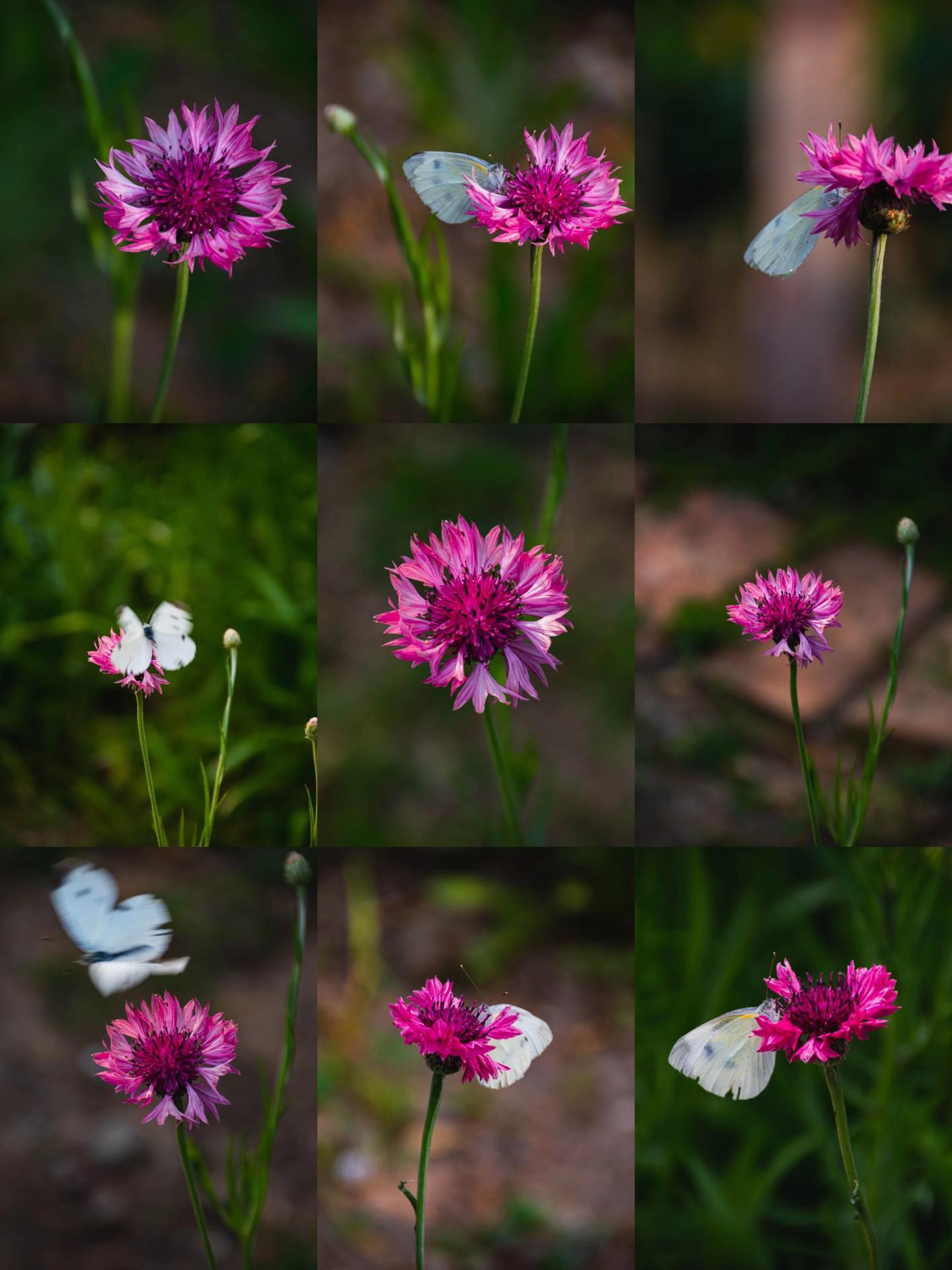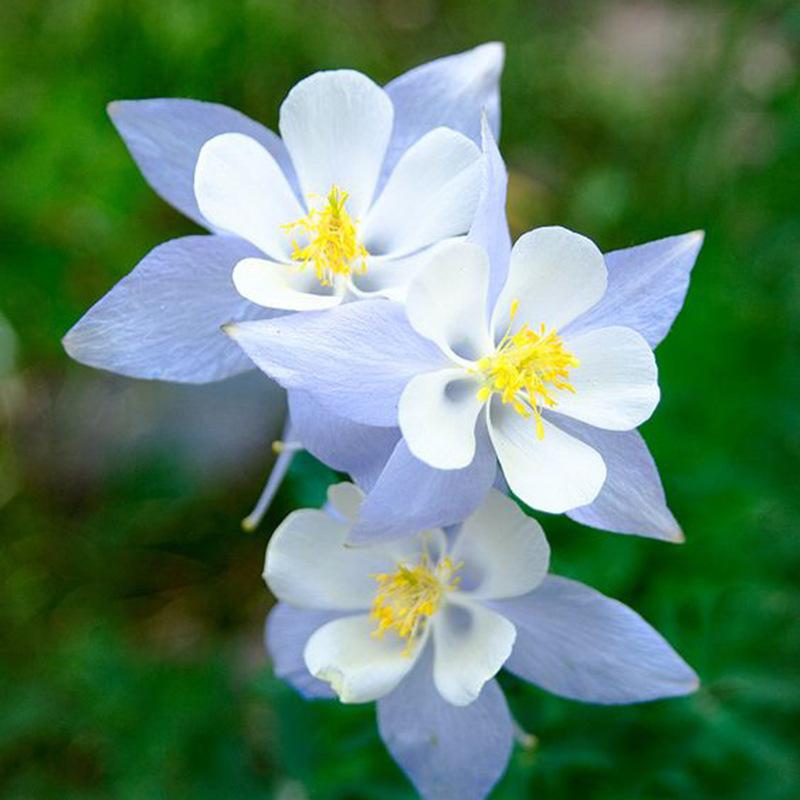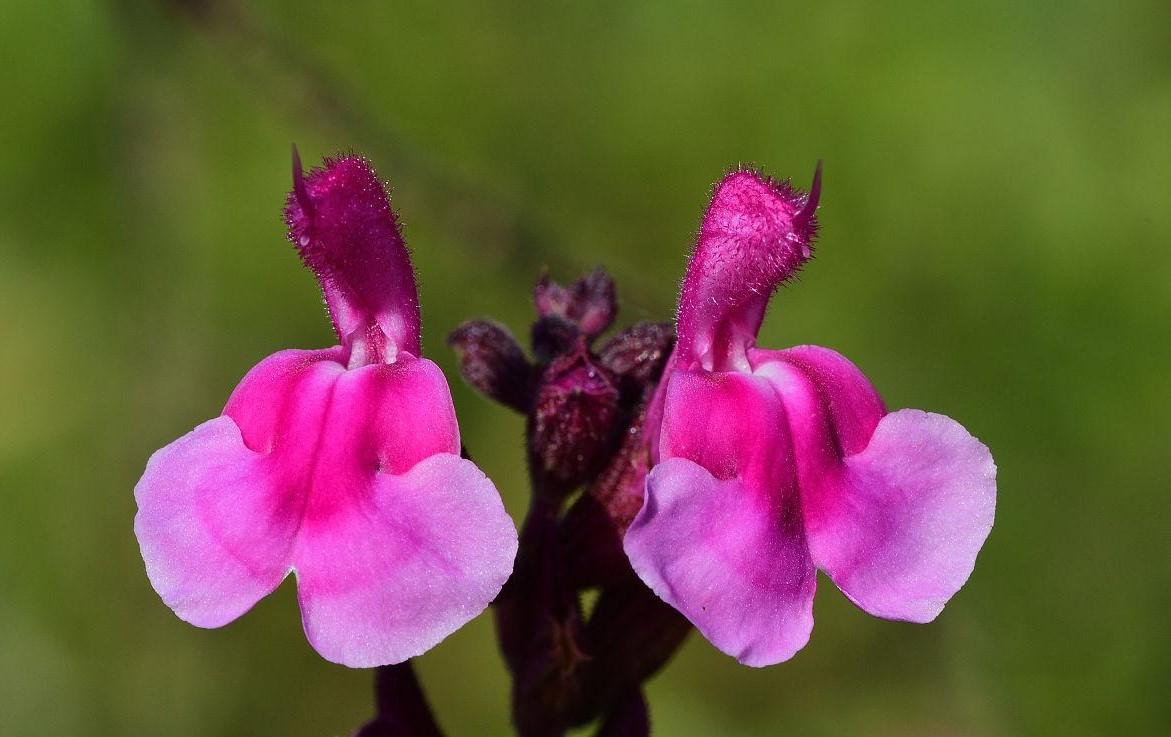The Clusia plant has an interesting story. Native to the tropical regions of America, it developed a unique survival mechanism. Its thick, waxy leaves can store water, allowing it to withstand drought conditions. What’s fascinating is that these leaves also trap insects, which eventually die and decompose, providing the plant with essential nutrients. This amazing adaptation showcases the Clusia plant’s ability to thrive in challenging environments, making it a true survivor of nature.
Picture
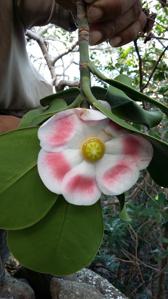
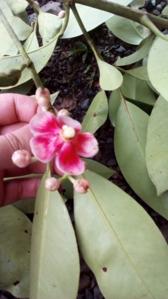
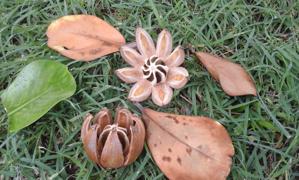
Plant some seeds now!
Short Description
Clusia grandiflora – MHNT
Clusia is the type genus of the plant family Clusiaceae. Comprising 300-400 species, it is native to the Neotropics. The genus is named by Carl Linnaeus in honor of the botanist Carolus Clusius.
Description
Its species are shrubs, vines and small to medium-size trees up to 20 m tall, with evergreen foliage. Some species start life as epiphytes which grow long roots that descend to the ground and eventually strangle and kill the host tree in a manner similar to strangler figs.
Many Clusia species have Crassulacean acid metabolism, which can be considered an adaptation to the often dry (micro)habitats of the genus.

